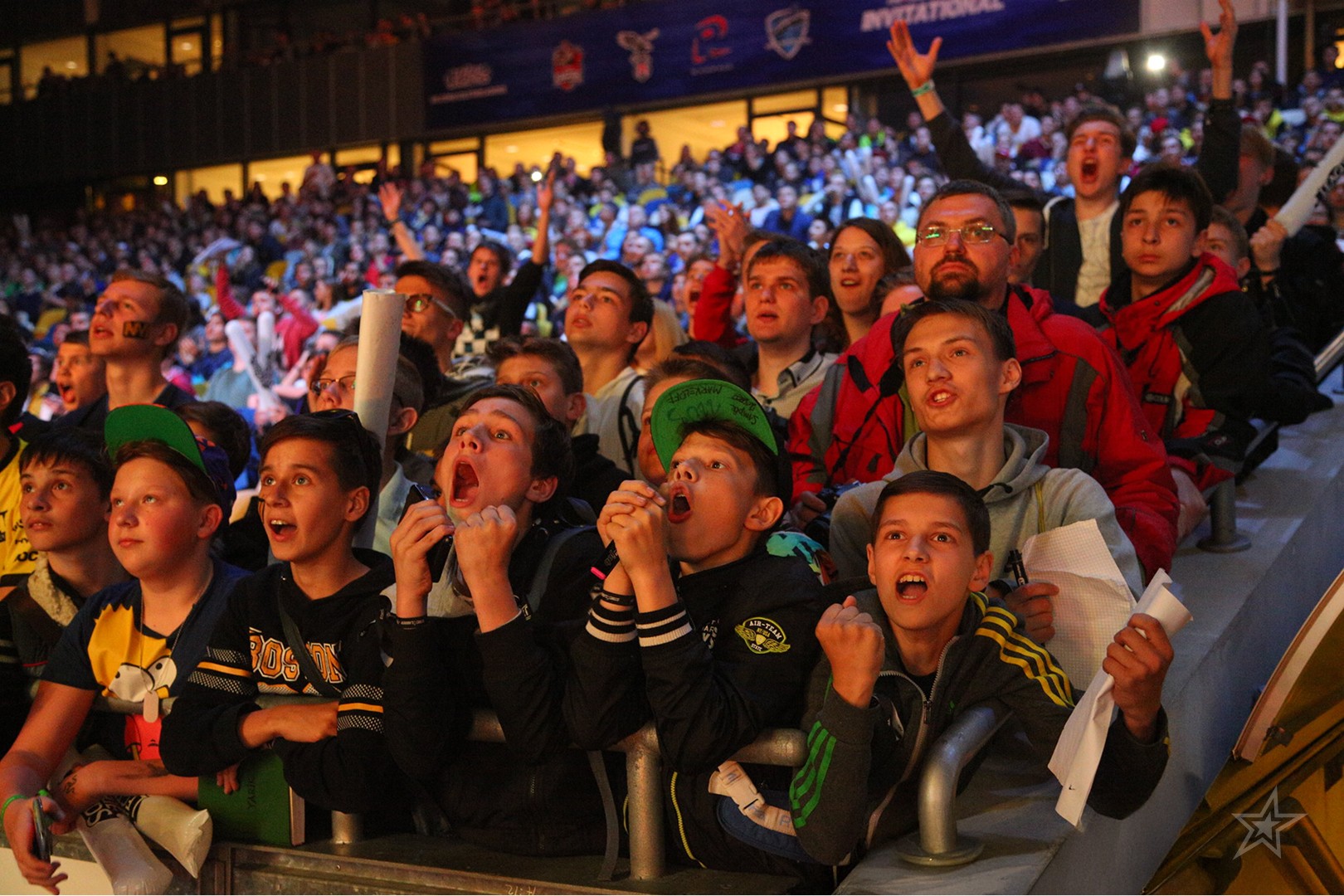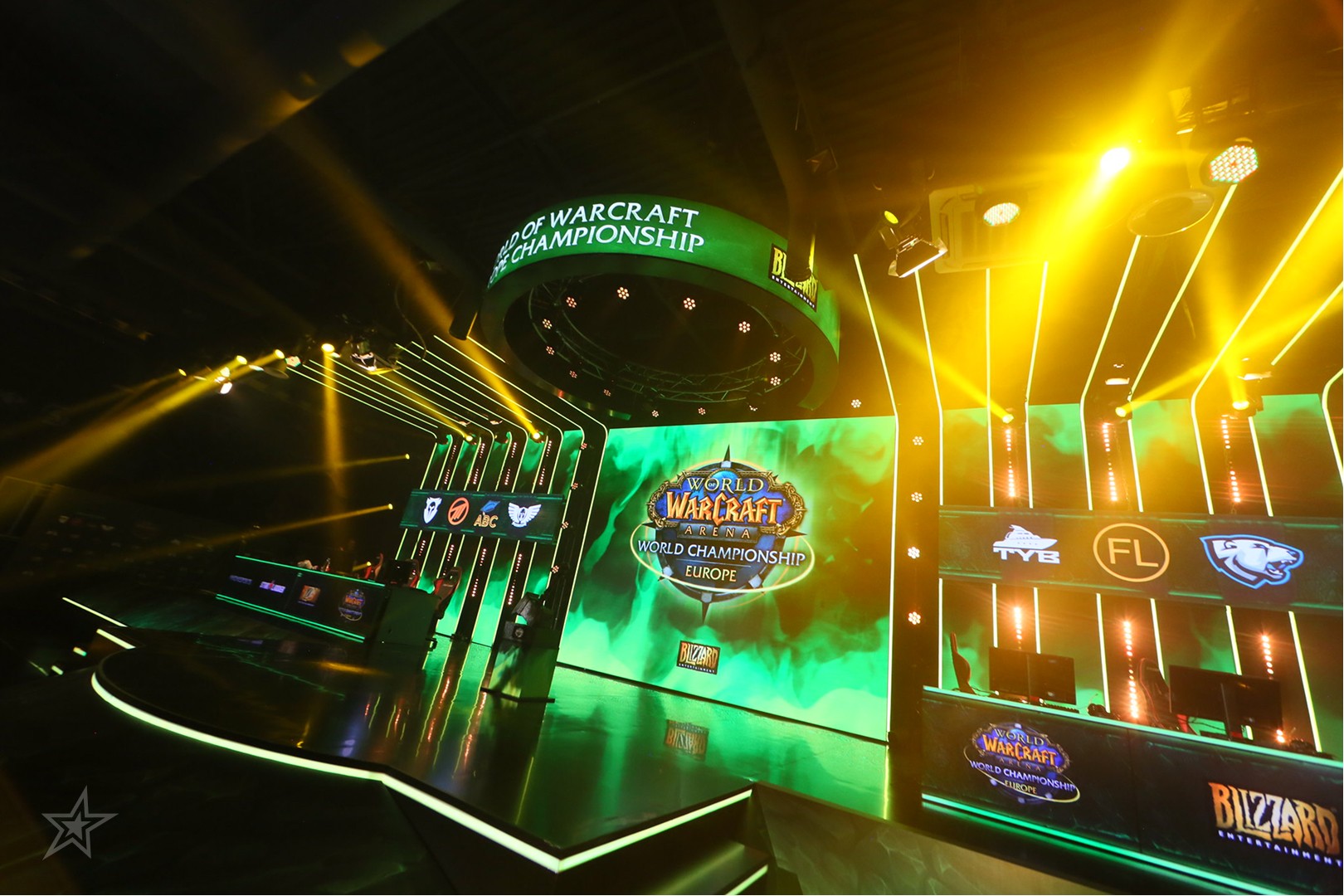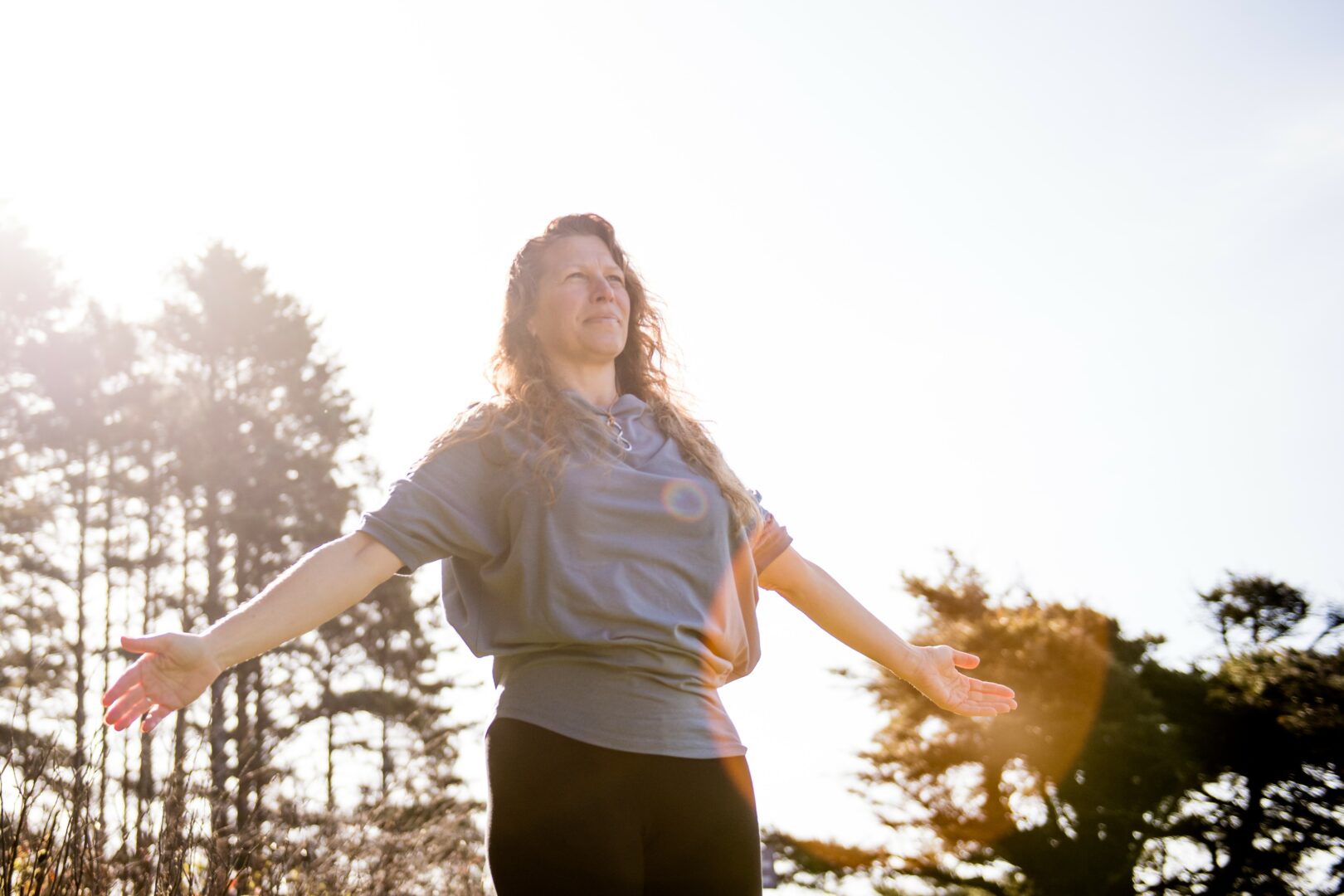We caught up with the brilliant and insightful Dima Drapikovsky a few weeks ago and have shared our conversation below.
Hi Dima, so excited to talk about all sorts of important topics with you today. The first one we want to jump into is about being the only one in the room – for some that’s being the only person of color or the only non-native English speaker or the only non-MBA, etc Can you talk to us about how you have managed to be successful even when you were the only one in the room that looked like you?
A long time ago, in the waiting area of a small Asian airport, I scribbled in my notebook:
“When you’re the only one in the room, it doesn’t mean you don’t belong. It means you got there first.”
Back then, it felt like a curious observation. Now I understand — that’s what professional resilience looks like.
Like yin and yang: the design world and criticism go hand in hand. And nothing cuts deeper for sensitive folks like artists than criticism. The ability to be the first, to stand your ground — that’s the kind of resilience every young designer should aim for. Master that, and your voice will carry. That guy, Sun Tzu, said it best: “The skillful fighter puts himself into a position which makes defeat impossible.”
In today’s world, especially in creative industries, the ability to manage projects independently is no longer optional — it’s fundamental. Creativity doesn’t exist in a vacuum. You have to take an idea and carry it through the real world: through meetings, constraints, shifting priorities. And most importantly, people.
Being able to lead a project from the first conversation with a client to the final delivery isn’t just about structure — it’s about ownership. When you understand the full arc of the work, you make better creative decisions. You see the impact more clearly. You earn trust, not just for your ideas, but for your ability to bring them to life.
And ultimately, that’s the role of a designer today: not just to make things beautiful, but to make them work. To connect the dots between story, strategy, and execution. Independence doesn’t mean working alone — it means being able to guide the process with confidence, empathy, and intent. That’s what makes creative leadership real.

Appreciate the insights and wisdom. Before we dig deeper and ask you about the skills that matter and more, maybe you can tell our readers about yourself?
There are days when imposter syndrome takes over. It’s the side effect of constantly building moodboards and diving into fresh technical approaches for each new project. You see just how many wildly talented people are out there and how fast technology is evolving in our field. It feels like a lifetime wouldn’t be enough to learn it all. Like any moment now, they might expose you.
But then, a calm and steady voice inside reminds me: The only right decision is to do it your way. Because you’re doing what you love. And it’s guaranteed to blow the audience away. And the client says: “Your graphics were the best part.”
Imposter syndrome hits anyone who’s been in this long enough, and that’s just a side effect of your growth.
At first, success seems like a title, a portfolio, or a bunch of numbers. But eventually, you realize: real success is knowing what you’re doing, why you’re doing it, and how it impacts the business and the industry as a whole.
Understanding this changed the way I approach projects. I started asking different questions:
How does this affect audience engagement? How does this serve the business goals? How can we make this more effective? There aren’t always ready answers, but the path to finding them is growth in itself.
The strongest decisions I’ve made didn’t come from control, but from knowing what to release. Creativity is a collective act. It happens in rooms full of passionate, talented people. It lives at the intersection of trust and equality.

If you had to pick practices that are most important to develop, which would you say matter most?
I love the swarming technique where everyone can share their perspective and offer their own solution. In the end, we’re either a team or we’re not worth a damn. Only a battle of mastery between the strongest artists leads to inevitable success. One that grows bigger than themselves.
And the best way to lead here is by creating a space where creativity can breathe.
To me, a strong work ethic means respecting the space and time you’re asking from others. Let the designer estimate the task themselves. Let them make their own mistakes. Give them air to breathe, and they’ll return with gratitude.
When I grew up, I realized generosity isn’t a given — it’s a vital part of living in a society. We don’t move forward alone. Someone once opened a door for me. Someone once believed in me when I didn’t. If I can pass it on, I will. Because it’s those little things that create a company culture worth staying for.
Optimism comes from people. You probably know my industry runs at a constant pace and harsh deadlines. That used to stress me out. But in these ten years, I’ve had the privilege of working on site alongside seasoned directors. And I learned from them a deep sense of calm and kindness. And the understanding that when deadlines are blazing, and someone’s deep in a fog — it’s not intentional. Everyone here is passionate about the work and doing the best they can in this moment.

Do you think it’s better to go all in on our strengths or to try to be more well-rounded by investing effort on improving areas you aren’t as strong in?
I know that many designers have been losing their jobs lately because of the growing demand for generative graphics. But I’ll say this, friends: generative graphics are not the end. They’re just a new tool. One that will likely replace Cinema 4D and After Effects in the near future.
The other day, I watched a K-pop video made entirely with Midjourney Video and Suno.
Last year, making something similar took us a full week of mocap shoots and another week polishing it in Unreal. Something to think about.
The world doesn’t slow down for anyone. Tools evolve, workflows shift, and as creative professionals, we have a choice: stay comfortable or stay curious.
For me, learning is not a phase — it’s a constant. I still carve out time in my week to explore new tools, test new ideas, and sharpen the ones I already have. And just as importantly, I encourage the people around me to do the same.
Because the future doesn’t belong to the fastest — it belongs to the most adaptable.
Looking back, I don’t know if this was destiny. But I do know it feels right. Like all the threads — the drawings as a kid, the hours spent at the drafting table, the wanderings through the jungles of Laos, the late-night design sessions, the risks, the failures — they all led here. And that gives me peace. Not because it’s easy, but because it’s worth it.
Contact Info:


Image Credits
Image courtesy of WePlay Studios, Starladder, and my personal archive.
so if you or someone you know deserves recognition please let us know here.




